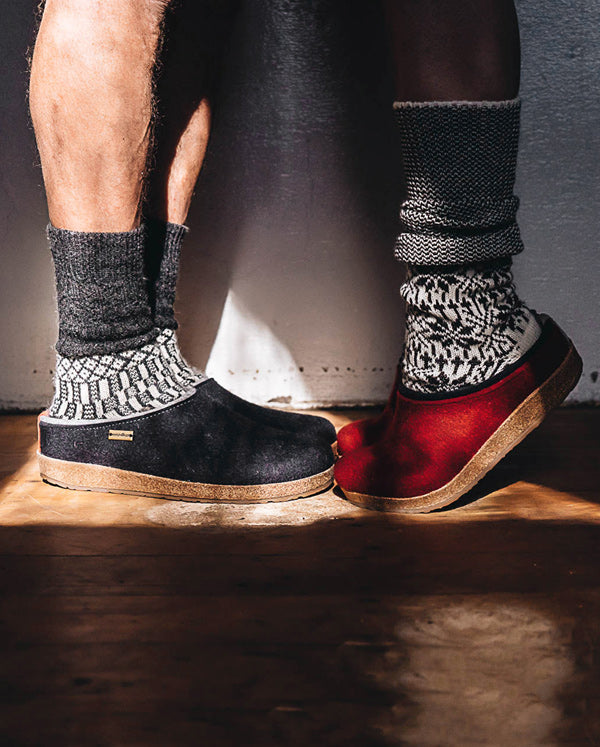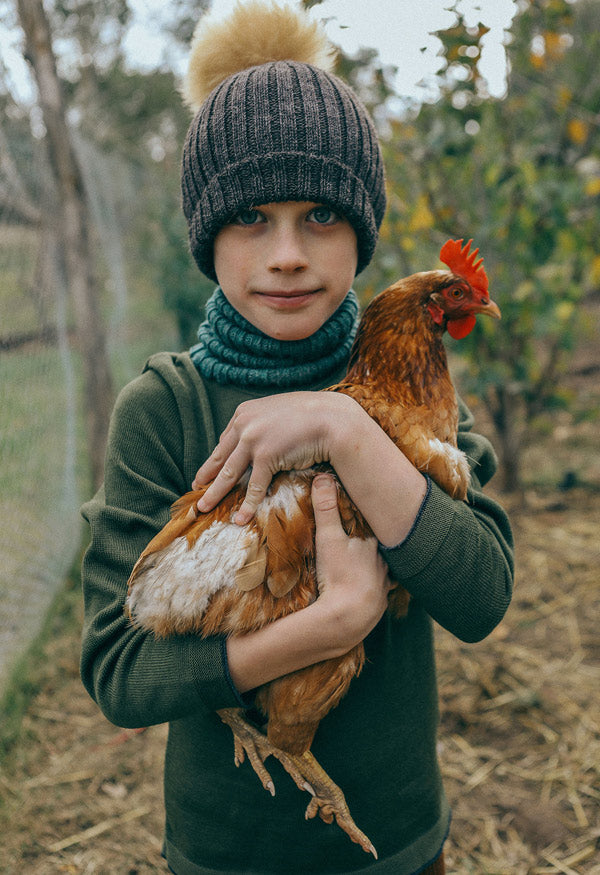Your Cart is Empty
Disana Natural Nappy System
The most natural nappy system around - loved by parents for over 40 years.
>> SHOP Nappies
Disana makes one of the easiest, most economical, 100% natural and ecological washable nappy systems out there. They are simply brilliant - we have used them for all three of our boys and can't recommend them enough. Deciding to use cloth nappies is a bit of a lifestyle choice and many parents have different preferences and priorities when it comes to the nappies they invest in for their child. If you're looking for a completely plastic free solution using 100% organic natural fibres this is the perfect option for your family.
The Cost of Cloth Nappies vs. Disposable Nappies
Personally we have tried over 20 different washable nappies with varying satisfaction, Disana's nappy system is my favourite. Disposable nappies are enormously problematic for the environment and they are super expensive. But because you buy them gradually over the course of the first 2-3 years of your child's life you don't notice the cost to your pocket and the garbage goes into landfill and out of our sight. If you were to add up the costs and pile up all those garbage bags you'll save mountains of cash and landfill emissions by choosing cloth.
The outlay required to furnish your nappy changing table with all the washable nappies required for your baby's nappying can add up. However of all the nappy systems on the market the Disana nappy system is one of the most economical, ethical and ecological that we have found. Using cloth is such a worthwhile commitment and has made our nappy changing times more playful and is a beautiful bonding experience. My advice to avoid falling into the convenience trap of disposables is - just don't buy any! Please feel free to contact us at info@woollykins.com.au if you have any queries at all about the Disana nappy system or using cloth nappies for your babies.
Worried about the cost? Enlist your loved ones to help with the initial outlay required. Create a Wishlist to start planning for your special new arrival that you can share with your crew and avoid receiving unneeded, albeit well intentioned, gifts!
Disana's Nappy System - How to Use
Here is the low down on the Disana nappy system and all the information you need to make an informed decision on the types of nappies that you will use. Make a cuppa and watch Disana's sweet and informative (if somewhat dated) video below for an intro to these nappies and how best to use them:
Cloth Nappy Glossary:
- Nappy - refers to the main washable part that wraps around the child, holds the liner in place and absorbs and contains wee/poo
- Liner - increases the absorbency of the nappy and wicks moisture away from the the baby's skin
- Cover - provides a waterproof leakproof cover over the absorbent layers underneath
- Flats (optional) - a square of cloth that may be folded and then wrapped around baby and pinned on with pins or snappy grips - or folded into a liner/booster - Two Muslin Flats can do the job of the Nappy and Liner when baby is small.

Disana's Nappy System consists of:
 |
Knitted Tie-on NappyOrganic cotton knitted nappy with ties that easily wraps and ties on the baby without pins or velcro. It is one size - birth to potty. Use with the Brushed Cotton Liners or Muslin Liner and a Knitted Wool Nappy Cover. |
 |
Brushed Cotton/Hemp LinersBeautifully soft square of brushed organic cotton and hemp that can be tri-folded into a narrow pad inside the nappy. Highly absorbent and the nap has a stay dry feel. Use inside the Knitted Tie-On Nappy or muslin flat. |
 |
Knitted Merino Wool Nappy CoverSoft, absorbent and leak proof wool nappy pants that cover the nappy allowing the skin to breathe. The three sizes, S, M L will see you from birth to potty. Brilliant overnight, contains wee and manages odours. Use these over the Knitted Tie on Nappy or any other cloth nappy instead of a PUL cover. The XL size is great for bed wetters. |
 |
Muslin Nappies/LinersSquares of finely woven triple gauze muslin cloth in organic cotton that are super absorbent as newborn flat nappies or as a highly absorbent liner. Especially good for night use as a booster for the nappy as baby grows. Use these as a flat nappy for newborns and layer with the brushed cotton/hemp liner for heavy wetters or overnight. |
 |
Raw Silk LinersRaw silk liners contain the natural sericin of the silk cocoon which is antibacterial and reduces inflammation and is ideal for sensitive bottoms. Amazingly effective at clearing up any instances of nappy rash. The silk is soft and cooling to the skin. Use these on top of the brushed cotton/hemp liner against the baby's skin and overnight. |
Step by Step Instructions for Using the Disana Tie on Nappy System
Step 1: Lay out nappy and liner as shown - fold the nappy at the ties with the narrow half on top of wider half with ties at the front. Place the brushed cotton liner folded in thirds on top of the nappy. If your baby is very small you can adjust the length of the nappy by folding down the wider end

Step 2: Lay the baby on the nappy as shown with belly button in line with the top of the nappy

Step 3: Pull up the liner between the legs, then fold the two wider sides of the nappy into the middle around the hips

Step 4: Pull up the lower flap with the ties between the legs and cross the ties of the nappy around the baby's back bringing them to the front.

Step 5: Tie up in a bow. By folding the top flap you can adjust the size of the nappy if need be. The fine knitted fabric give the nappy a comfortable elasticity so that it fits snuggly but the baby is not restricted.

Step 6: The woollen overpants are then pulled over the nappy. The soft ribbing around the waist and legs hold the pants firmly but gently in place.

After a couple of nappy changes this will all soon become second nature. It really is a very simple nappy to use with limited parts to it, unlike some systems, that dry very quickly - a huge bonus.
Washing your nappies
Organic cotton nappies should be washed about 3-4 times in a hot (60 degree) wash before first use so that they reach their optimal absorbency. A natural eco laundry liquid is best like the Sonett laundry liquid or Dr Bronners.
Knitted Wool Nappy Covers should be washed once and lanolised before first use as this fluffs up the fibres making them more leakproof or they can be used from new and after a few goes the cover will be fully leakproof.
When nappy is wet or soiled:
- Remove wool cover and hang up to air (use a fresh wool cover for the new change and alternate between 2-3 covers)
- Remove any solids from the nappy into the toilet and place the nappy and liner in a dry nappy bucket - no need to soak
- When you have a full load, transfer to the washing machine and wash at 60 degrees with a pre-rinse or pre-wash cycle.
- Washing in a laundry bags can help stop the ties from tangling around other clothes in the machine, however the nappies get a better wash without. Always use a laundry bag if using a top-loader machine!
- Save water - Wash nappies with towels and kitchen cloths as 60 degrees kills bacteria.
- The Disana nappies dry very quickly and are easy to hang up without pegs
- Use a small amount of soda crystals (soda ash) to soften water and make your detergent more effective. Use a natural detergent - we recommend Sonett. Use white vinegar in the rinse tray to help remove detergent build up. Never use fabric softener.
- Only use an enzyme-free wool shampoo on wool or silk fibres - we recommend Sonett.





